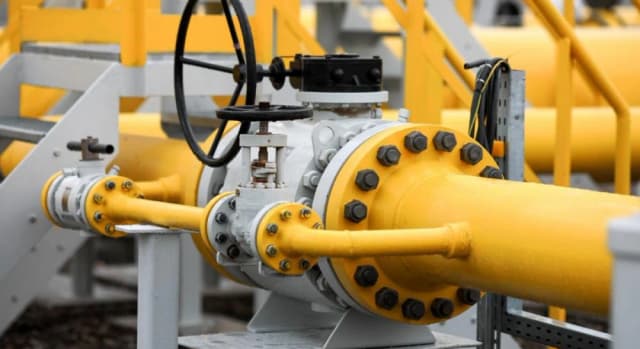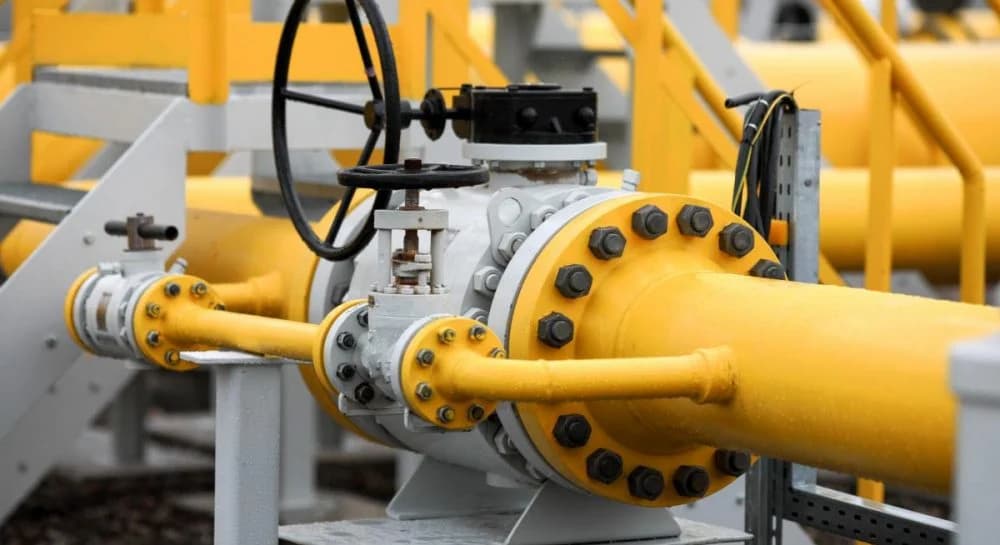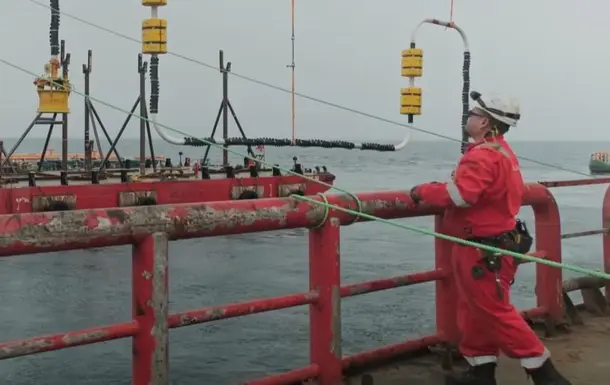Does the level of corruption in Ukraine allow us to hope for a positive decision by the EU to start membership negotiations?
 TRANSPARENCY INTERNATIONAL UKRAINE. TRANSPARENCY INTERNATIONAL UKRAINE
TRANSPARENCY INTERNATIONAL UKRAINE. TRANSPARENCY INTERNATIONAL UKRAINE
There are many things in the world that we learn through a comparison, so let's analyze the level of corruption in Ukraine and its European integration path not to the Member States that are already members of the EU, but to the conditions of the countries that were at the same stage of European integration at that time as Ukraine is now.
Generally speaking, it is quite difficult to assess the level of corruption because it is a multidimensional and multicriteria assessment. Often, analysts use statistics that have already been aggregated into certain indexes, such as the CPI (Corruption Perceptions Index).
CPI, although one of the simplest, is also one of the most popular indexes for assessing corruption-related factors in a country. The advantage of this index is that it is one of the few that has long-term stability of evaluation criteria and has been fully operational since the 2000s, with the first reports since 1995.
In order to counter the thesis that “Ukraine is too corrupt to open membership negotiations with the EU in December,” it will be relevant to compare Ukraine with the post-Soviet countries that are now EU members and their levels of “corruption” at the time of the “start of membership negotiations.”
The main list of countries to be compared is as follows: Poland, Romania, Czech Republic, Slovakia.
We will compare the year 2000, because since that year the CPI tools and methodology have been expanded to the maximum number of countries, and the evaluation criteria have been brought closer to the modern ones.
We will convert from the 0-10 rating system (used in the CPI until 2012) to the 0-100 rating system that was introduced after 2012.
As of 2022, Ukraine had a CPI rating of 33 out of 100 points. Over the past 10 years, Ukraine's rating has improved by 7 points. In 2012, Ukraine's CPI was 26 points. For example, in 2000, Ukraine's CPI rating was 15 points, or 1.5 on the descending scale. In 2000, Ukraine ranked 87th out of 90 countries surveyed.
Over the past decade, Ukraine has been showing positive dynamics, but is the current result and dynamics good enough to open negotiations on Ukraine's membership in the EU? Let's take a look.
First, let's look at the positions of other countries that were just on their way to joining the EU in 2000, but their position on European integration then is identical to the intention to open negotiations on Ukraine's membership in the EU now.
Poland — the beginning of EU accession negotiations in 1998. That is, the year 2000 is already 2 years after the “start of negotiations on Poland's accession to the EU”, which Ukraine hopes for in December 2023. Poland's CPI score in 2000 was 4.1 (41 out of 100). It is 8 points higher than Ukraine, which is currently awaiting a decision on “starting accession negotiations”.
Romania — start of accession talks 2000. Romania is a perfect example of a country that is more similar to Ukraine in terms of size and population than Slovakia or Bulgaria, for example. In 2000, Romania's CPI was 2.9 (or 29 out of 100). That is, 4 points less than Ukraine has now, but still the EU decided to “start negotiations on Romania's membership”.
Bulgaria — the beginning of membership negotiations in 2000. In 2000, Bulgaria's CPI was 3.5, or 35, on a 100-point scale.
Slovakia — membership negotiations started in 1998. In 2000, Slovakia's CPI was 3.5, or 35.
Latvia — membership negotiations started in 1998. In 2000, the CPI was 3.4, or 34 out of 100.
Czech Republic — accession negotiations started in 1998. In 2000, the CPI was 4.3, or 43 out of 100.
The average CPI corridor of the large “eastern enlargement” of the EU ranged from 29 to 43. Ukraine's 33 is in line with the experience of past eastern expansions of the EU.
The average CPI corridor for the likely large Eastern Balkan region currently being considered: Ukraine — 33 points, Bosnia and Herzegovina — 34, Serbia — 36, Turkey — 36, Albania — 36, Moldova — 39, North Macedonia — 40, Kosovo — 41, Montenegro — 45.
In other words, the CPI corridor of potential future neighborhood enlargement of 33–45 points is quite comparable to the corridor of the “Eastern Expansion” of 2000–2004 of 29–43 points.
Among the potential countries that have open negotiations on EU accession or expect to start them, the dynamics of CPI changes over the past 10 years is as follows: Ukraine (+7 points), Bosnia and Herzegovina (minus 8 points), Serbia (+3 points), Turkey (minus 13 points), Albania (+3 points), Moldova (+3 points), North Macedonia (minus 3 points), Kosovo (+7 points), Montenegro (+4 points).
Kosovo and Ukraine have the best dynamics over the past 10 years according to the CPI index
Of course, this does not reflect the corruption reality 100%, but certain conclusions can be drawn.
Conclusion: Ukraine's current CPI score is fully consistent with the experience of past enlargements to start membership negotiations and cannot be a reason for Ukraine to be refused in the start of this process.
You may be interested









